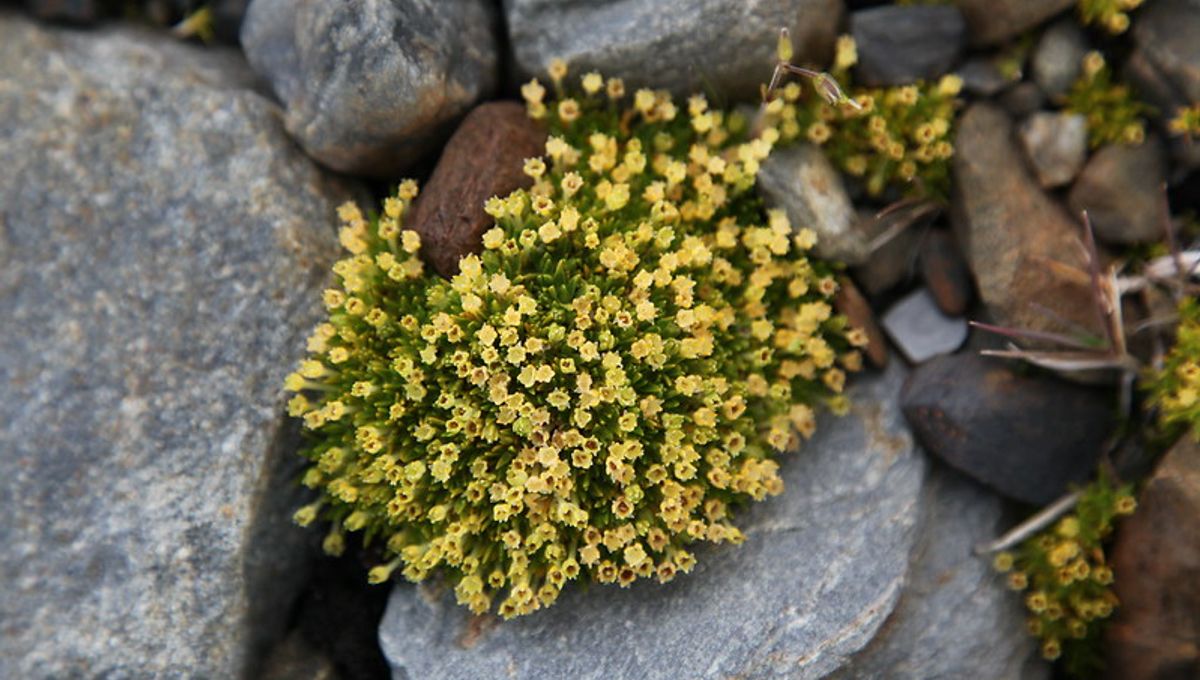
Recent years have seen newly budding flowers spring up across parts of Antarctica, much to the concern of some scientists. The increasing spread of plant life in the South Pole appears to be a consequence of human-driven climate change and may even indicate that the ice-capped continent is reaching its “tipping point.”
Due to its harsh conditions, Antarctica has just two native vascular plants: the Antarctic hair grass (Deschampsia antarctica) and Antarctic pearlwort (Colobanthus quitensis).
Last year, scientists at the University of Insubria in Italy published a study in which they surveyed the two plants between 2009 to 2019 on Signy Island, a small subantarctic island in the South Orkney Islands of Antarctica that’s an important nesting sight for a variety of seabirds. They then compared these observations with surveys carried out in the previous 50 years.
They discovered that two plant populations had exploded within the most recent 10 years. In fact, the density of the plants had grown as much in the past decade alone as it had in the previous 50 years.
Furthermore, this rate of growth was closely linked to the warming air temperature warming trend that kicked off in Antarctica during the summer of 2012.
While climate change appears to be a major factor, the researchers also point out that the island has seen a dramatic drop in the number of fur seals, which trample on the plants and impact their growth.
As temperatures continue to climb, we can expect this trend to persist. In March 2022, East Antarctica experienced the largest-ever recorded heatwave. Recent research has suggested that this “unprecedented heatwave” was made 2°C (7.2°F) warmer due to climate change. It was so hot that researchers on-site were wearing shorts and some even removed their shirts to sunbathe, according to the Washington Post.
However, this is no cause for celebration or relaxation. By the end of this century, heatwaves in Antarctica could be lifted by a further 5 to 6°C (9 to 10.8°F) as a result of the climate crisis, bringing devastating change to the continent.
As the boom of plant life on Signy Island shows, Antarctica is rapidly changing as a result of human activity – and it could soon reach its crucial tipping point.
“The most novel feature of this is not the idea that something is growing faster. It’s that we think we’re starting to see what is almost like a step change or a tipping point,” Peter Convey, one of the authors of the plant study from the British Antarctic Survey, told New Scientist in 2022.
Source Link: Flowers Are Thriving In Antarctica, Suggesting It Might Be Reaching A "Tipping Point"